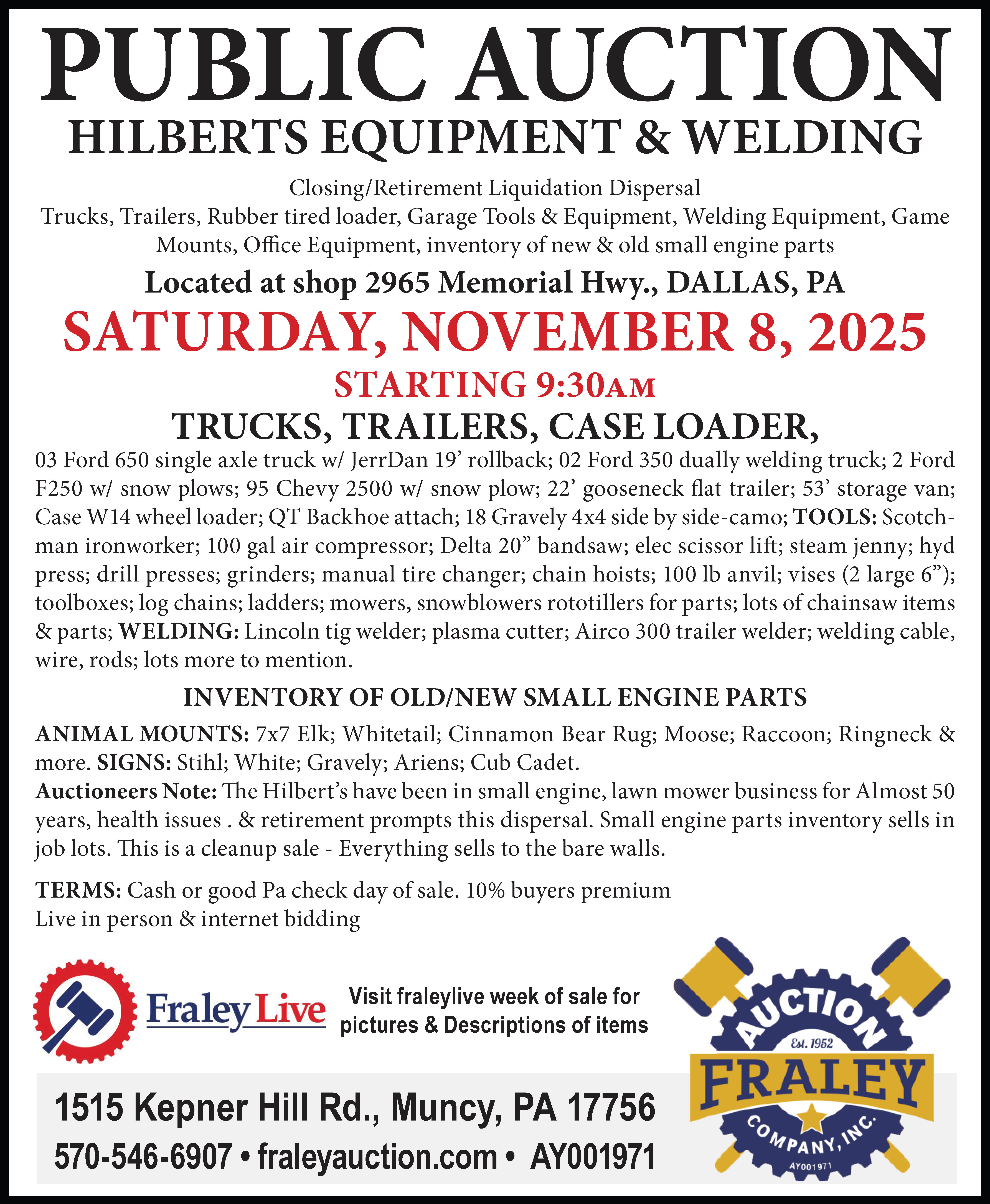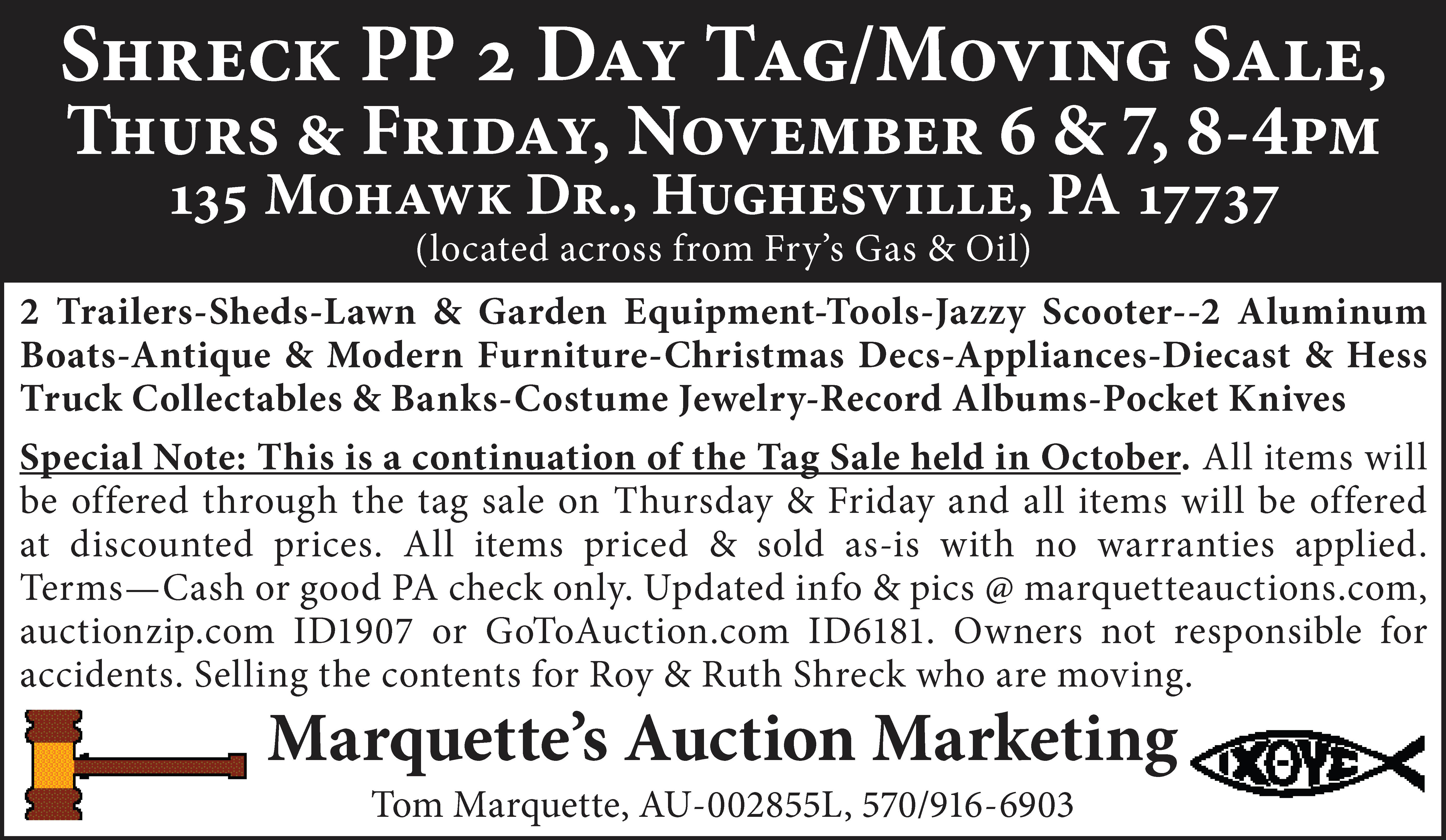The 2020 fall turkey season is fast approaching, and in our general area, you can pursue turkeys starting Nov. 2 till Nov. 16 and then again on Nov. 28 and 29. Dates vary a bit in different WMUs, so be sure to check your Hunting and Trapping Digest for the unit you plan to hunt. During the fall season, hunters may take a bearded bird or a bird without a beard-normally that’s a hen, but sometimes hens will sport a beard.
Most experienced fall turkey hunters know that one of the best ways to take a fall bird is to find a flock and then break them up. After a while, you begin calling, and it’s not unusual to hear a number of birds responding to your calls. Of course, what you hope for is that one will sooner or later come into shotgun range, and your hunt is a success.
It’s probably safe to say that the hardest part of a fall turkey hunt isn’t the calling to a busted flock but rather finding a flock to bust up in the first place. In other words, if you have a pretty good idea where there’s a flock of birds, and you play your cards right success, or at least an opportunity to be successful, is likely. In order to get that big heads up in the first place means doing some scouting. Like a lot of archery deer hunters, while I’m deer hunting, I’m also scouting for potential fall turkey hunting locations. More than once, I have found turkey signs where I was archery deer hunting, and I returned later to bag my fall turkey.
One of the most obvious signs to look for is “scratching” or places where turkeys raked the leaves looking for food. A scratching will usually be in the shape of a V or maybe more rounded. The area where the leaves have been raked away is usually around 12-18 inches in diameter. As a turkey scratches, it rakes the leaves back so you can also determine which direction the turkeys were going, and that may help determine where the flock may be heading off to roost at the end of the day. Locating a roosting site can also put you in the right spot. While archery hunting one afternoon, I watched a flock of turkeys go to roost about 75 yards away. I quietly eased out of the woods, and the next morning, my wife and I returned and set up about a hundred yards from the roost site. We could hear the birds flying down from the roost, and a few yelps on my mouth call brought a hen to within 20 yards of my wife-she bagged her first turkey.
When studying scratching sites look for droppings as well since you can determine the sex of a bird by looking at the droppings; for example, small round clumps indicate hens and young birds while gobblers leave J-shaped feces.
You may want to concentrate your scouting efforts where the right foods sources are available, as well. Beechnuts and acorns are preferred foods, and so are wild grapes. Don’t neglect scouting and sitting up near fields that are handy to wooded areas where the birds will go to roost. Fields provide a variety of insects like grasshoppers and caterpillars, as well as seeds and berries. While scouting food sources for signs, be on the lookout for any turkey feathers that may have been dropped — a sure sign the birds were there.
Of course, scouting and locating prospective flocks is a big part of the challenge, but the latter part of the challenge — bagging your bird is no guarantee either.




Leave a Comment
Your email address will not be published. Required fields are marked with *